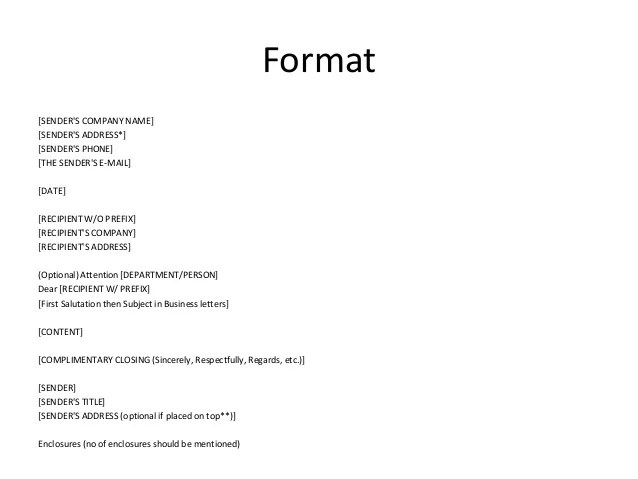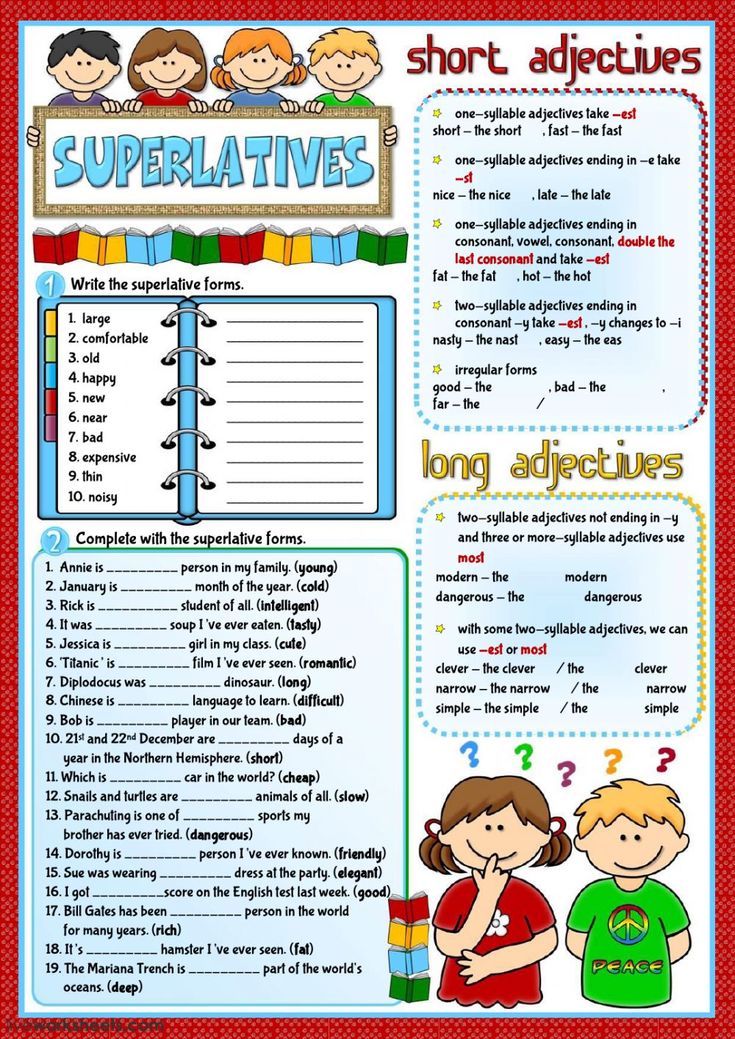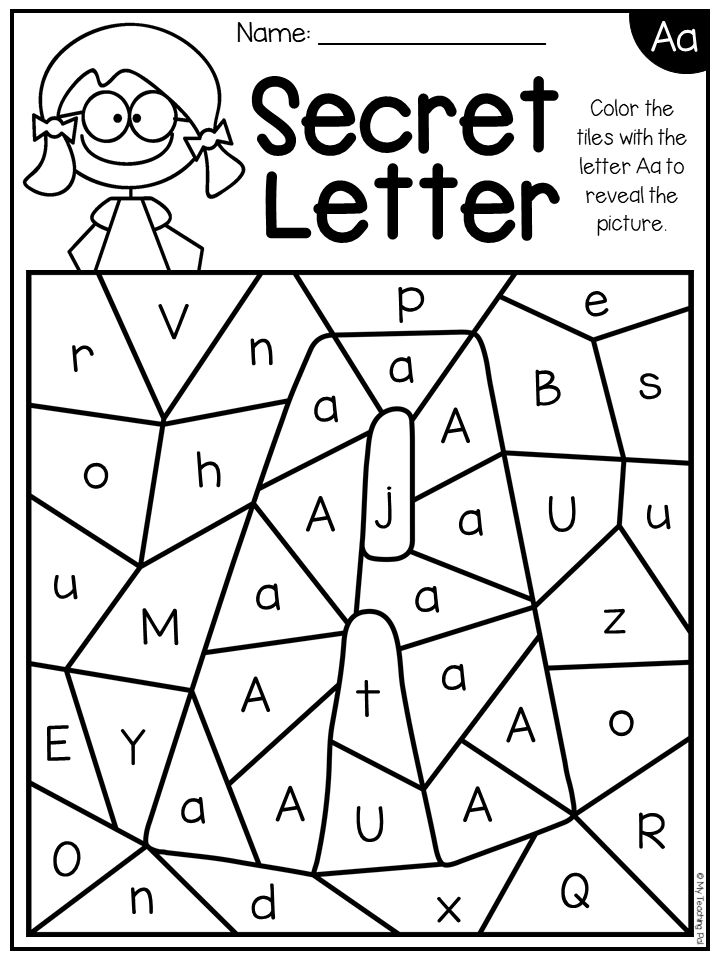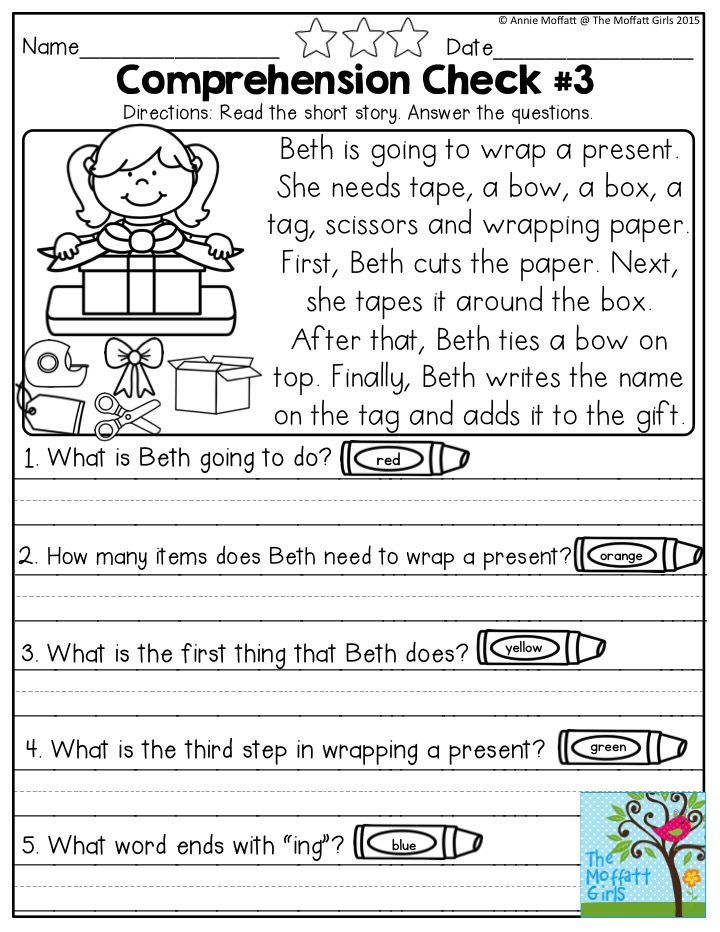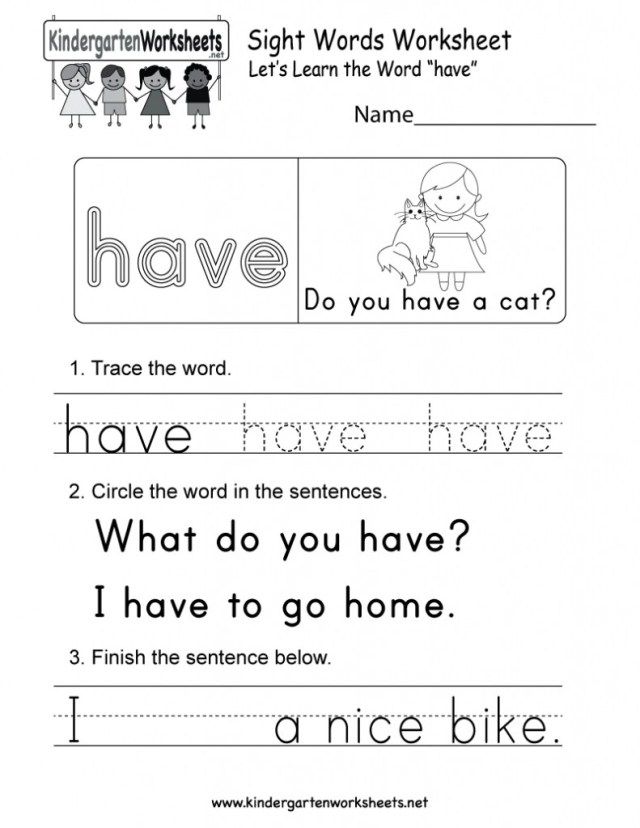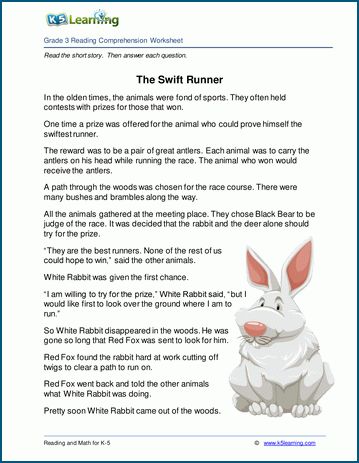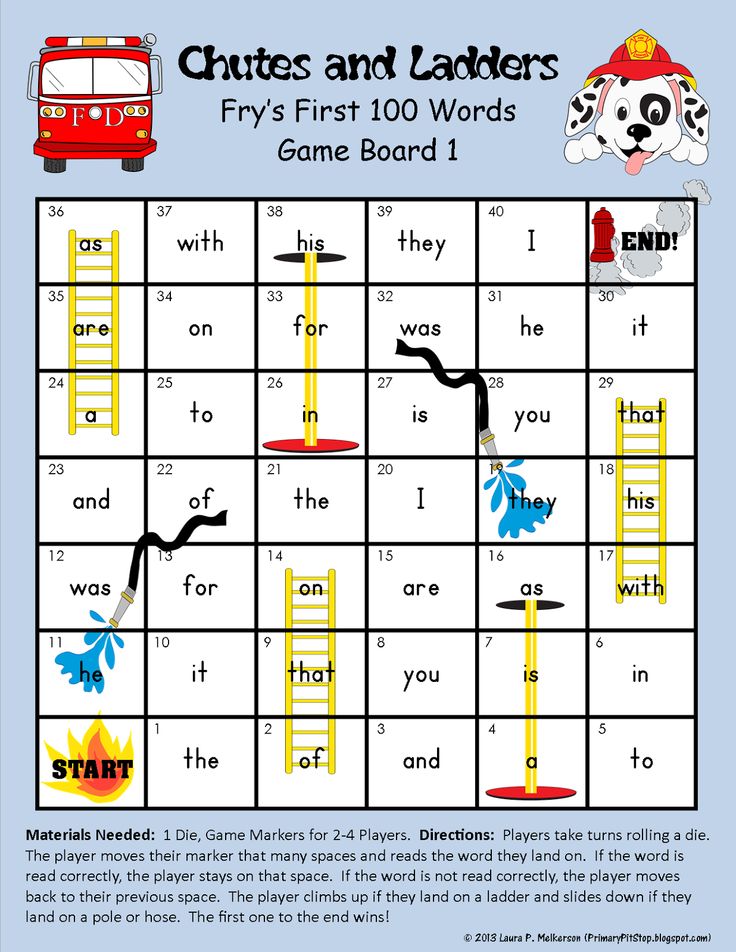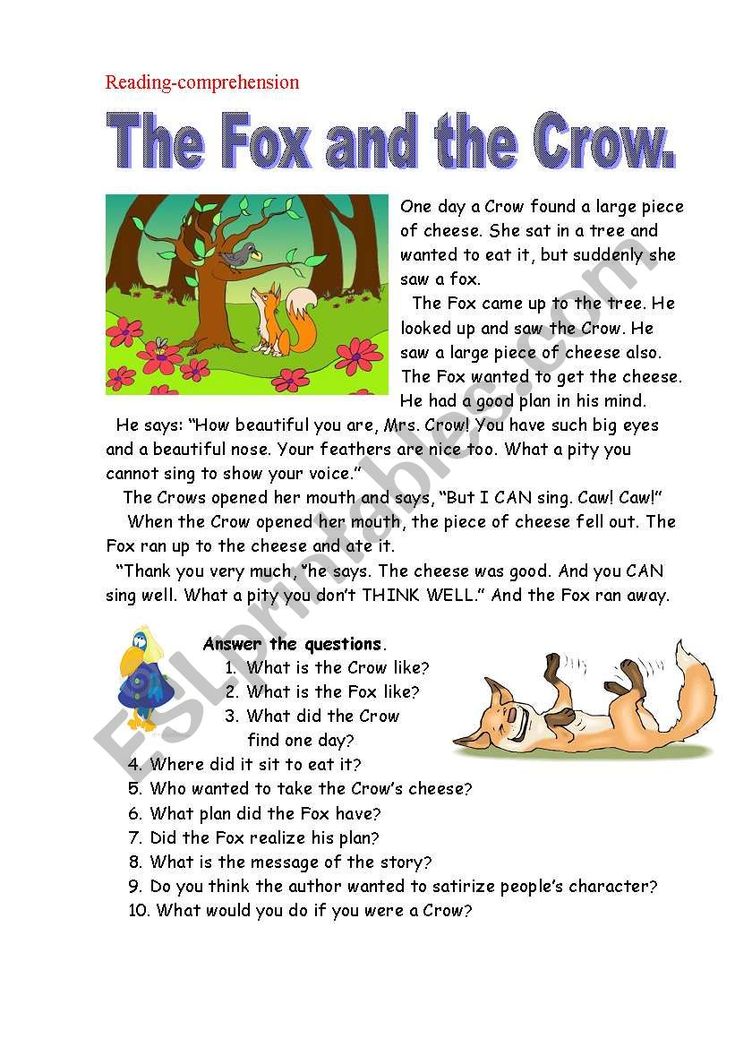Attention in letters
How to Type a Business Letter With an Attention Line
by Heather Skyler
Published on 25 Oct 2018
It's important to know how to write a well-crafted business letter. If you're applying for a job, requesting a meeting or sending a proposal, you want to make sure you've used the correct business letter format and that your letter is error-free and clearly written. You also want to make sure it reaches the correct person. One good way to do this is to add an "attention line" to your letter.
Where Does the Attention Line Go?
A formal business letter starts with your name and address in the top left corner, then the date and then the address of the recipient. If you decide to include an attention line, insert it right after the second address.
An attention line is different than a subject line. An attention line directs the letter to a recipient by either using their full name or their title. It makes the most sense to use an attention line when you know only the recipient's title and not their full name.
A subject line, on the other hand, declares the intent of the letter. Occasionally these are useful if you don't know the recipient's name or title. Then you might use a subject line such as, Subject: Letter of application for a marketing intern.
Example of an Attention Line
The layout for a business letter with an attention line looks like this:
Example:
Your name
Your address
Your phone number
Today's date
Company's name
Company address
Attention: Director of Marketing
The letter would follow.
When You Need an Attention Line
There are a few reasons why an attention line is a good idea for a business letter.
- You don't know the name of the person who should receive the letter but you do know his or her title. In this case, the attention line would contain only the title.
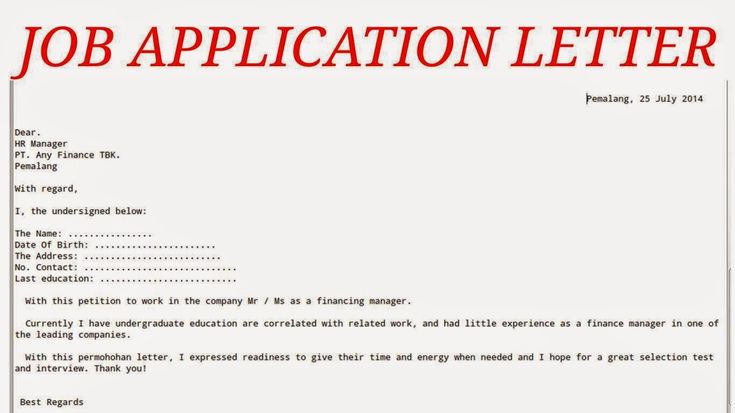 Attention: Director of Marketing
Attention: Director of Marketing - You want the letter delivered to a certain person in a company.
- You want the letter to reach the recipient more quickly.
When an Attention Line is Unnecessary
Attention lines are most useful if you don't know the name of the person who should receive your letter. Then it makes sense to write Attention: Director of Marketing. It would look silly to write Dear Director of Marketing. An attention line makes more sense when using the title alone.
When you know the recipient's full name and title, it is standard to omit the attention line and just include their name and title both in the company's address line and in the salutation.
Example:
Your name and address
Date
Barry Botts
Director of Marketing
Name and address of the company
Dear Mr. Botts:
Only use attention lines when necessary.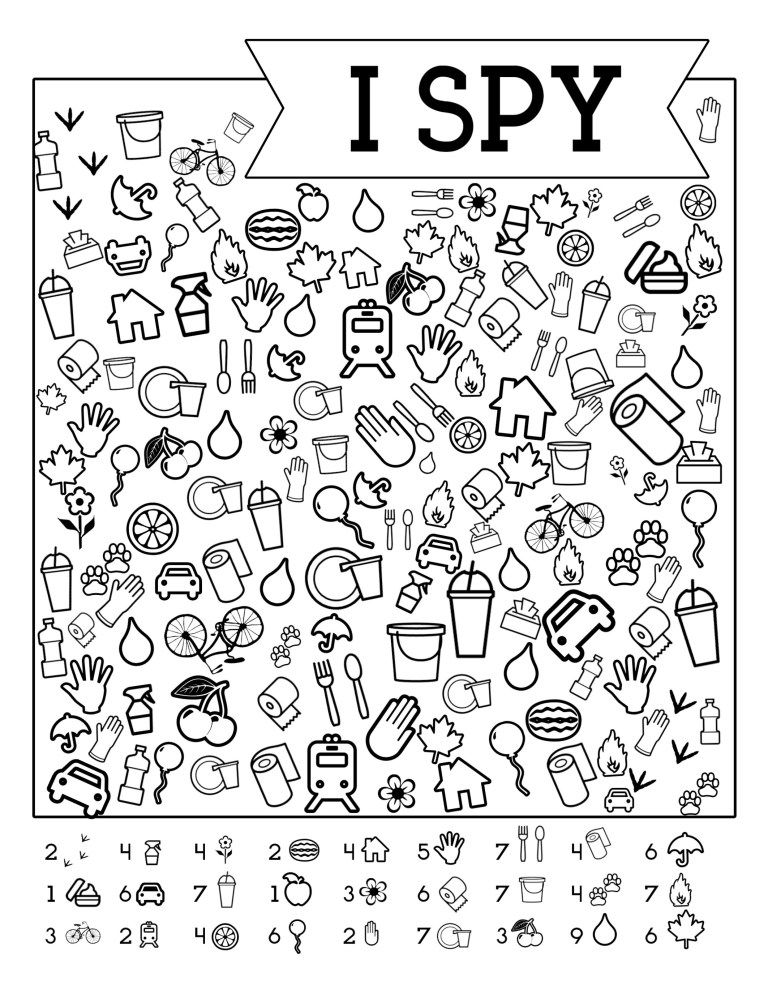 They aren't standard practice but can work well if you don't know a recipient's name but do know their title.
They aren't standard practice but can work well if you don't know a recipient's name but do know their title.
- references
- writer
- feedback
- cite
How to Properly Start a Letter & Capture the Reader’s Attention
Looking for surefire ways on how to start a letter? It’s a common dilemma for many regular writers, copywriters, and email marketers who have already tried various methods to hook their readers and still, find it unbearable to write the first two lines of a new letter. In this article, we will discuss the key points of letter writing that could influence the choice of your subject line, starting sentences as well as examples of tried and tested hooks. These lessons can apply to anything from a cover letter to an informal letter to a colleague to a personal letter.
Why the subject line is the most important part of starting a letter
You might have heard that emails are in decline because of “the dawn of instant messaging”.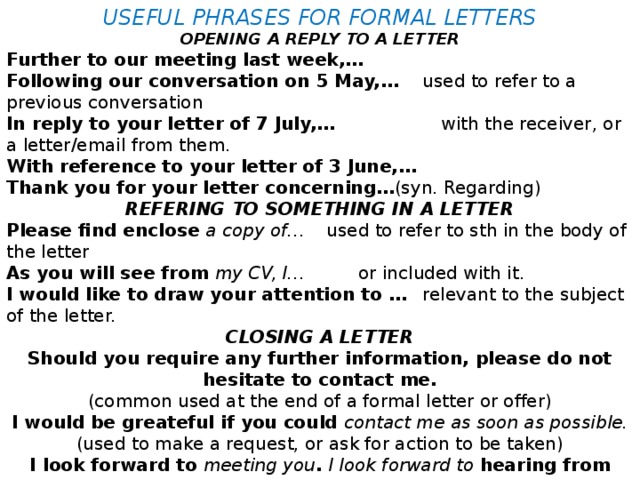 Many B2C companies use social media channels to reach their audience faster. Still, a large part of distinguished B2C and B2B companies keep their email campaigns going and thus, receive a positive response on their offerings. By looking at these figures below, you can see that although click rates of emails were dropping, the open rates increased by 3%.
Many B2C companies use social media channels to reach their audience faster. Still, a large part of distinguished B2C and B2B companies keep their email campaigns going and thus, receive a positive response on their offerings. By looking at these figures below, you can see that although click rates of emails were dropping, the open rates increased by 3%.
Thus, there are hooks that actually get people to open a letter.
One of such is a subject line. Research studies have shown that 47% of people will not open an email with a weak subject line. Today, a catching subject line should not contain a single word that is too “eye-catching” (e.g., discount, sale, perfect, exciting, the most and other superlatives, days of the week, and old-fashioned abbreviations such as FYI, FTW, etc.). For this reason, I do recommend checking the latest lists of spam words. This one I found on HubSpot is a great example, although there are plenty of other reliable resources that don’t trigger sensitive spam filters.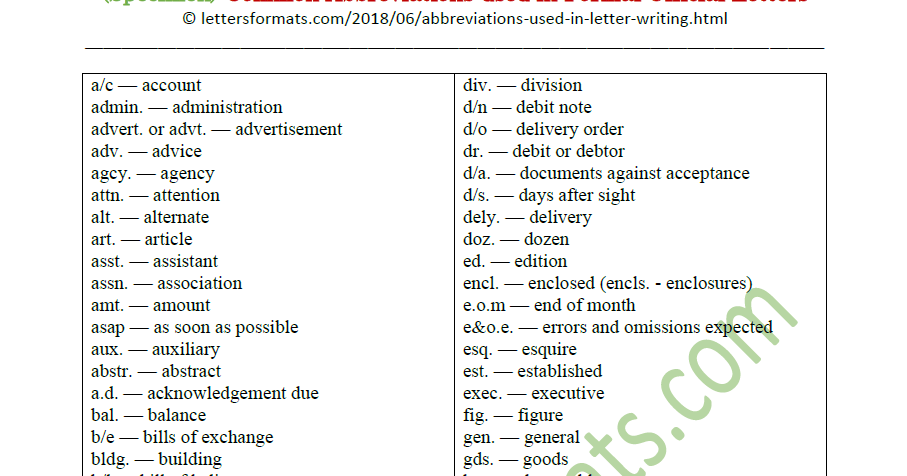
So, what is the best way to start a letter and write a subject line that could resonate with the needs, feelings or desires of your target audience?
Use {Name} to capture the recipient’s attention
According to MailChimp study, the key factor that draws a person’s attention to your subject line is personalization. What you need is to write the name of your recipient in a subject line even if you repeat it after Hello, {Name}. For instance:
Get more tips to learn English fast
Learn English online with a full range of videos, articles and live lessons!
Explore resources
Subject Line 1: {Name}, a quick question for you.
Subject Line 2: {Name}, need a detailed plan for your development project?
Subject Line 3: {Name}, do you know 6 different ways to start a letter?
Addressing a person by name is a necessary hook every smart email marketer uses.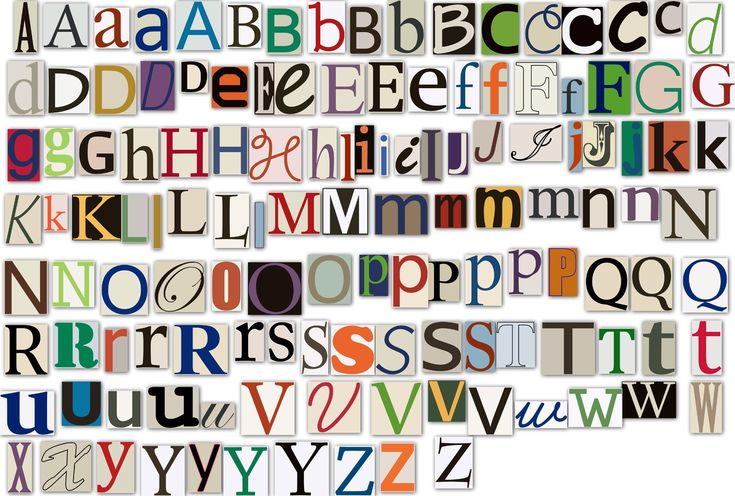 At the following chart of the mentioned study, you can see how effective personalisation is in different industries.
At the following chart of the mentioned study, you can see how effective personalisation is in different industries.
Receiving hundreds of emails every day, we already know about automatic tools that allow personalizing emails. However, even with this in mind, a subject line with your name in it will attract your attention anyway. The reason is that social instincts cultivated in any person from childhood make us automatically react to such requests. Do you remember Coca-Cola’s campaign with the common names of people written on the bottle? Just in case you haven’t seen these astonishing numbers, the company sold over 250 million bottles and cans in a country of 23 million people! Of course, this example has nothing to do with a letter but it’s still a perfect sample of a successful personalized message.
Evoke curiosity using tested methods
Firstly, you should find out what your recipient wants and needs by reviewing their social media profile and then, studying their field of expertise.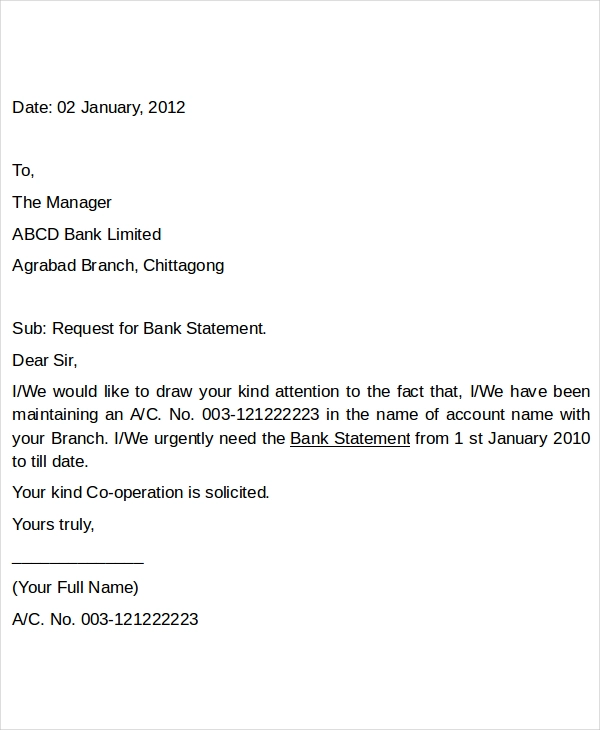 When we talk about creating subject lines that generate curiosity, I recommend using such blazing phrases as a success story, case study, report, research, examples, practices, etc. These are essential words to emphasize that your email contains useful information for a reader, and as you know today, only content that offers value works. Unfortunately, these words will make no sense addressing CIO, HR manager or recruiter.
When we talk about creating subject lines that generate curiosity, I recommend using such blazing phrases as a success story, case study, report, research, examples, practices, etc. These are essential words to emphasize that your email contains useful information for a reader, and as you know today, only content that offers value works. Unfortunately, these words will make no sense addressing CIO, HR manager or recruiter.
So, how to start a formal letter that could evoke curiosity? No matter who you write, your message should be clear, succinct and to the point. Describe your main email objective, request or offer in no more than six words. As far as my own experience goes, executives hate long senseless subject lines. For more information on how to start a business letter, take a look at one of our latest articles by following the link.
Insert numbers, percentage, or statistics to empower your subject line
Many people believe in numbers by default and this is why email marketers try to grab their attention by inserting into a subject line specific figures from the related studies or the company’s internal success facts. However, you must not use random numbers that aren’t connected to your message. Therefore, if you start a letter in order to generate leads, look for the latest accomplishments at your current projects or in related industries. For instance, if you’re selling a tool or a service which has been already used for another project, insert some free-to-share report data or search for relevant facts within trusted resources. Since the reader will most likely be drawn to the figures that are found in the main passage of your letter, there’s no need to explain them in great detail in your subject line. You may choose to write a subject line like this:
However, you must not use random numbers that aren’t connected to your message. Therefore, if you start a letter in order to generate leads, look for the latest accomplishments at your current projects or in related industries. For instance, if you’re selling a tool or a service which has been already used for another project, insert some free-to-share report data or search for relevant facts within trusted resources. Since the reader will most likely be drawn to the figures that are found in the main passage of your letter, there’s no need to explain them in great detail in your subject line. You may choose to write a subject line like this:
{Name}, 40% of these people will be your main consumers by 2020.
In the main body, however, include the same information but with more detail:
According to the latest statistics, Generation Z will make 40% of all consumers by 2020.
Intrigue your readers with a half-told story in the subject line and there’s a great probability that you’ll be remembered from the very first letter you send.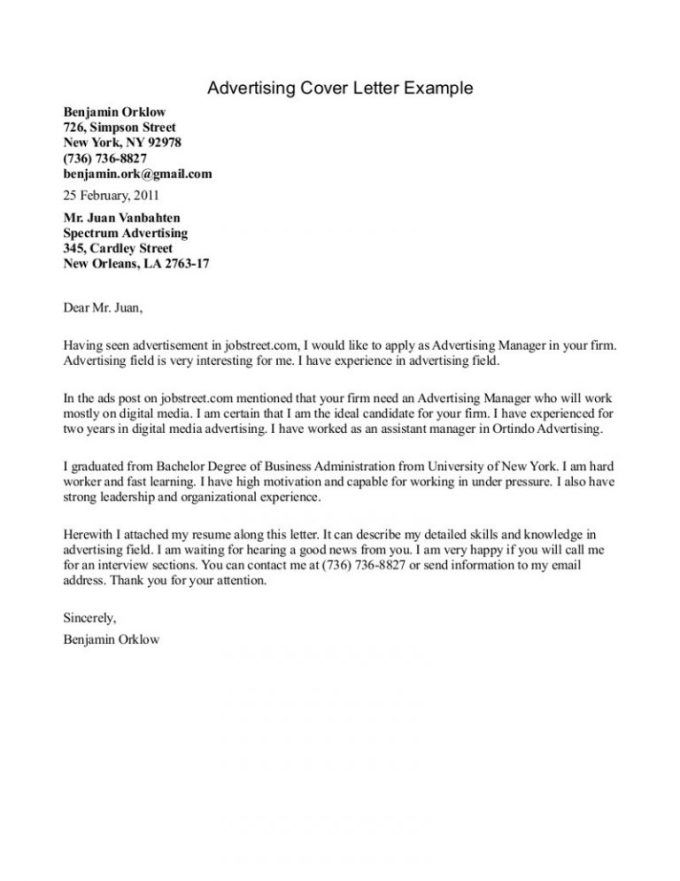 Hence, when you follow up, a reader will most likely associate this story with your company’s name.
Hence, when you follow up, a reader will most likely associate this story with your company’s name.
Prepare to speak confidently
Improve your language skills with the latest articles, delivered weekly.
And what if you write a letter to the blog editor pitching him your own article outline? Or you just need your CIO’s positive response on the development of your brainchild?
If you want a person not only to open a letter, you should prompt him to get to your message. With this approach, you will have such an opportunity.
Use emojis to cover the audience of Gen-Zers and Millennials
The above-mentioned statistics on Generation Z’s buying power in the future should actually make us adapt to the popularity of emojis. Although this trend has also become frequently used among millennials too, it will work with any generation since the first thing you notice is the emoji. However, it should be connected to the message, not just any random emoji you fancy. If you’re contemplating what emojis to choose, take a look at the following chart and this MailChimp research.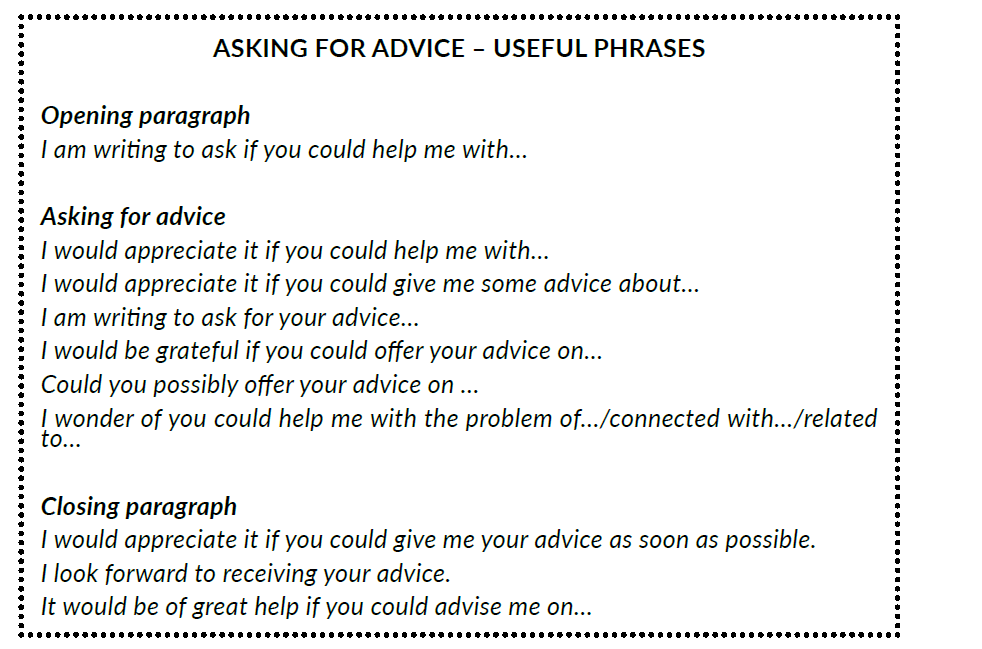
The opening salutation of a letter or email is important, especially if the letter is formal. Here are some common ways that people start a letter, in order from most formal to least formal:
- Dear Mr. or Madam
- Dear Sir,
- To whom it may concern,
- Dear [recipient’s name],
- Hello,
- Hey,
Check out our full guide on how to address a letter for a better idea of how to approach the opening line.
How to hook the reader in the first few lines of your letter
Before you create a subject line, which I strongly recommend composing after you finish the whole letter, think of the first two lines that will explain a recipient who you are and why you write. This is the best way to start a letter and demonstrate that you care about the reader’s time. Getting to the main part of your letter, dwell on what you want and why a person needs it.
- State one main reason why you write. Do not start with a few goals of your email since a person may not understand what you actually want.
- Write keywords of your offering in bold, so that it would be easier for a person to capture the main idea from the first time.
- Explain your subject line message adding more details to the main part of your email.
- Use bullets to highlight benefits or specific value your customer receives from dealing with your company. If you ask for help or donation, justify your objectives and describe positive outcomes from getting someone’s financial support.
Final points
Starting a letter is an act of balancing between what you can offer to a recipient and what they need at that very moment! However, until a reader decides it, you should get them to open your email. For this reason, one of the main points we’ve covered in this article is how to compose a good subject line for your letter. However, if it’s your first experience and you need to figure out how to start a letter in English, I do advise following the aforementioned bullets first and only then, exploring the art of a grabbing subject line.
Want to receive the latest updates on language learning tips? Click to subscribe to our blog created on the basis of our tutors’ best practices and recommendations.
How to start a letter and get attention
Looking for proven ways to start a letter? This is a common problem among writers, copywriters, and marketers who have tried different methods of getting readers' attention and still struggle with the first two lines of every new email. In this article, we'll discuss the key points influencing email subject selection, introductory sentences, and examples of proven marketing tricks.
What is the best subject line for your email? nine0006
You may have heard that e-mail communication is losing its popularity due to the rise of instant messaging. Many B2C companies use social media channels to reach their audience faster. However, a significant proportion of well-known B2C and B2B companies continue to run email campaigns and thus achieve a positive response to their proposals.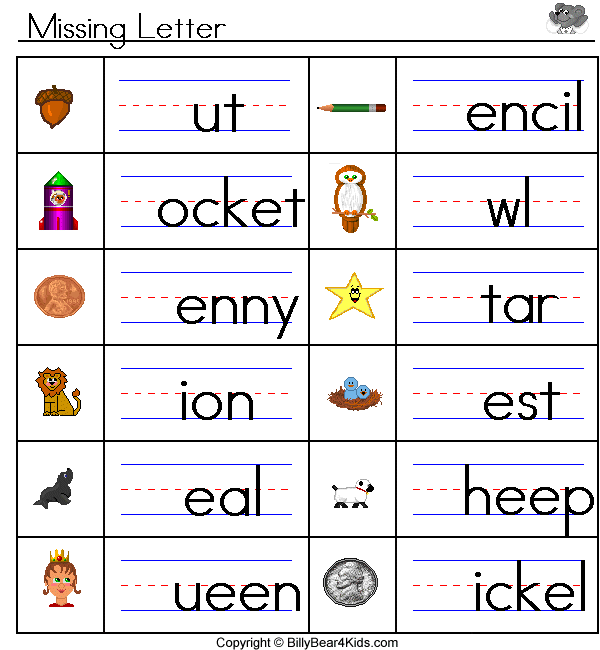 Looking at the numbers below, you can see that despite the drop in email popularity, the message view rate increased by 3%. nine0003
Looking at the numbers below, you can see that despite the drop in email popularity, the message view rate increased by 3%. nine0003
So there are marketing tricks to get email recipients to open them.
One such trick is subject line . Research shows that 47% of people won't open an email with an unclear subject line. An interesting subject of the letter should not contain too loud words (for example: discount, sale, perfect, exciting, the most and other exaggerations; days of the week; obsolete abbreviations such as FYI, FTW etc.). For this reason, I recommend checking lists of words that are considered spam. One of the great examples of such lists I found on HubSpot, although there are many other reliable resources.
What is the best way to choose a subject line that will resonate in the hearts of readers, will correspond to the needs, feelings or desires of the target audience?
To get the attention of the recipient of the letter, address him by name
According to MailChimp research, personalization is a key factor in attracting attention to the topic. Therefore, the recipient's name should be included in the subject line of the email, even if you repeat it later (for example, by writing " Hello, {Name} "). For example:
Therefore, the recipient's name should be included in the subject line of the email, even if you repeat it later (for example, by writing " Hello, {Name} "). For example:
Subject 1: {Name}, a quick question for you.
Subject 2: {Name}, need a detailed plan of your development project?
Subject 3: {Name}, do you know 6 different ways to start a letter?
Calling by name is a must-have trick used by all professional marketers. In the following graph of the mentioned study, you can see the effectiveness of personalization in different industries. nine0003
You should also pay attention to automatic tools that personalize e-mails, because, even with this in mind, the subject of the letter with the name of the recipient is sure to attract attention. Such a reaction to being called by name is an instinct instilled in any person from childhood and automatically makes him react in this way to such an approach.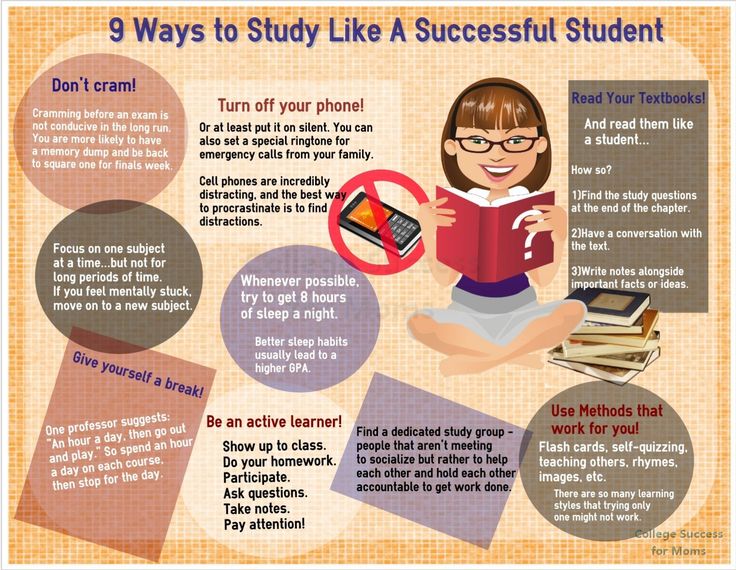 Remember the Coca-Cola campaign with different names on the bottles? If you're not familiar with the amazing sales figures, the company has sold over 250 million bottles and cans in a country of 23 million people! Of course, this example has little to do with email, but it is still a great example of a successful personalized message. nine0003
Remember the Coca-Cola campaign with different names on the bottles? If you're not familiar with the amazing sales figures, the company has sold over 250 million bottles and cans in a country of 23 million people! Of course, this example has little to do with email, but it is still a great example of a successful personalized message. nine0003
Triggering Curiosity with Proven Methods
First, examine the recipient's wants, needs, and areas of interest across social media profiles. When it comes to the topic of an email that arouses curiosity, I recommend using attention-grabbing phrases such as success story, case study, report, research, examples, practices , etc. These are important words that emphasize that your email contains useful information for the recipient, and useful content is known to attract attention. Unfortunately, the use of these words does not make sense when sending e-mails to heads of investment departments, employees of human resources departments and recruiters.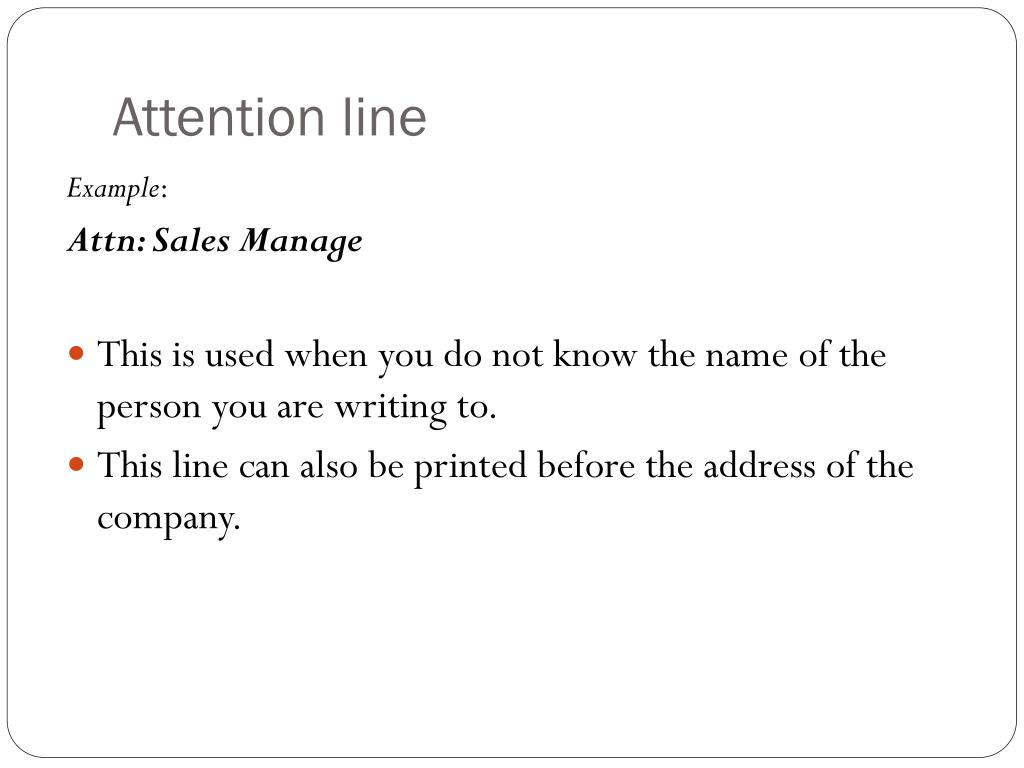 nine0003
nine0003
So how do you start a formal letter that arouses curiosity? Regardless of the recipient of the letter, your message should be clear, concise and relevant. Do not use more than six words to describe the main purpose of an email, request, or offer. In my personal experience, executives hate long subject lines. To get more detailed information about the correct beginning of a business letter, check out one of the latest articles by clicking on the link.
Use numbers, percentages, or other statistics to expand the subject line
Many people believe in the numbers they see. Therefore, marketers try to attract attention by indicating in the subject line certain numbers of relevant studies or internal indicators of the company's performance. However, you should not use random, non-letter related numbers. So if you're starting an email to generate leads, be sure to include recent accomplishments while working on current projects or in related industries.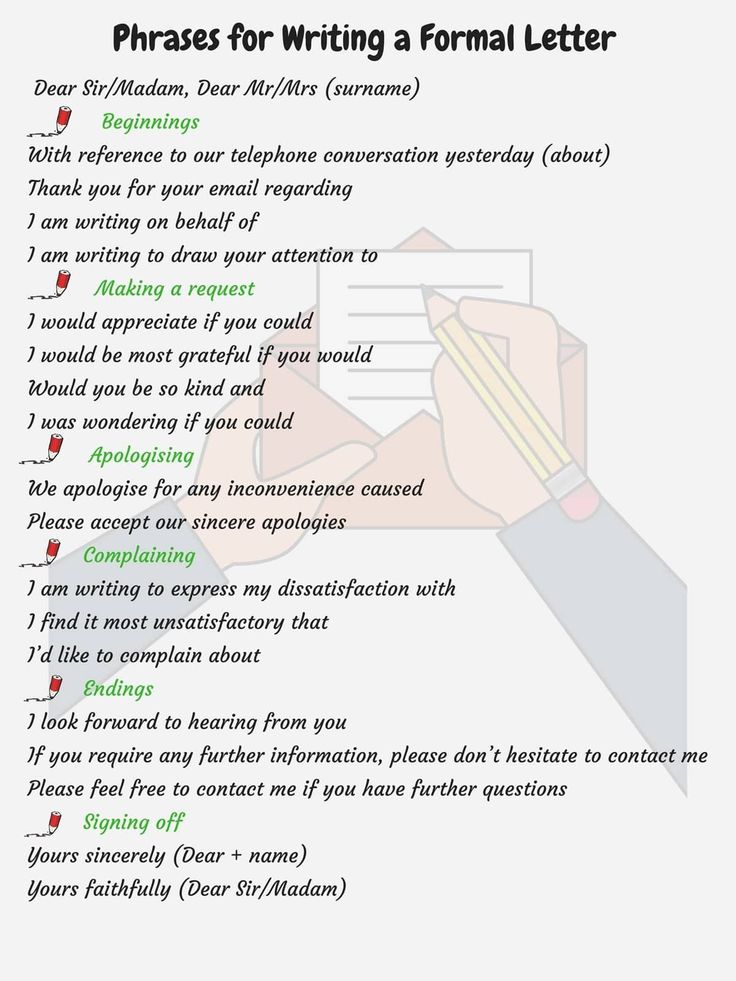 For example: if you sell tools or offer services that have already been used in work on other projects - indicate some data in the public domain or use relevant data from reliable sources. Since the recipient of the letter will most likely be able to get acquainted with the data in the body of the letter, there is no need to explain them in detail in the subject of the letter. You can specify the subject of the email as follows: 9
For example: if you sell tools or offer services that have already been used in work on other projects - indicate some data in the public domain or use relevant data from reliable sources. Since the recipient of the letter will most likely be able to get acquainted with the data in the body of the letter, there is no need to explain them in detail in the subject of the letter. You can specify the subject of the email as follows: 9
In the main body, however, include the same information but with more detail:
According to the latest statistics, Generation Z will make 40% of all consumers by 2020.
Intrigue the recipients of the letter by indicating a part of the story in the subject of the letter. This allows you to count on the fact that you will be remembered from the first letter sent. Therefore, when sending subsequent letters, their recipients will associate the story with the name of your company. nine0003
How to write a letter to the blog editor presenting your article? Or, if necessary, receive a positive response regarding the development of your project from the head of the investment unit?
If you want the recipient to not only open the letter, but also read it carefully, then you should ask to read your message. When using this approach, you will have such an opportunity.
When using this approach, you will have such an opportunity.
Use emoji to reach Gen Z and millennials
The above statistics on the purchasing power of Generation Z members in the future will lead to the need to adapt to the frequent use of emoticons. Although this trend is also observed among millennials, it applies to all generations, because the first thing a person pays attention to is a smiley face. However, emoticons should reflect the essence of the message. If you're planning on using emojis, then check out the chart below and this MailChimp study. nine0003
Professional Ways to Start Your Email
Before writing the subject line, which I highly recommend doing after writing the actual email, think about the first two lines that will tell the recipient who you are and why you are sending this email . This is the best way to start a letter, showing that you value the recipient's time. As you move to the body of the letter, talk about your goals and why the recipient should read it.
- Write "Hello, {John}", enter your first name, last name and position. Even if this is not the first email sent to that recipient, be sure to remind the recipient of who you are.
- Specify the main reason for sending the email. Don't include multiple targets at the beginning of your email as this can confuse the recipient.
- Make key words bold to make it easier for the recipient to understand the main idea the first time.
- Explain the subject of the letter by adding more details to the body text. nine0108
- Use bulleted lists or indicate the specific value that the client will receive when working with your company. If you are asking for help or a donation, explain your goals and describe the benefits of receiving financial support.
In conclusion
Writing a letter is a balancing act between what you can offer the recipient and what the recipient needs at the moment! However, before the recipient can determine the value of your letter, you need to get the recipient interested in opening it.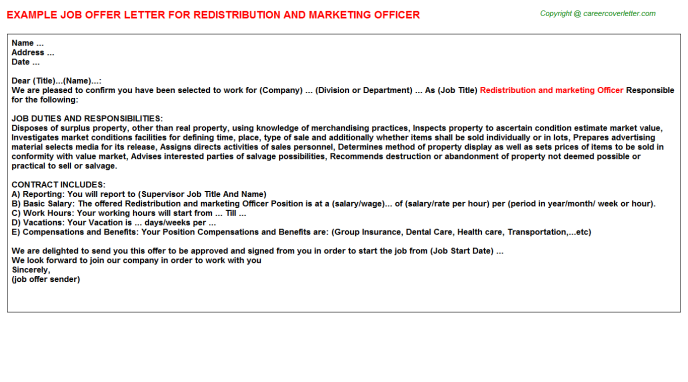 For this reason, one of the main points covered in this article is the composition of an attention-grabbing subject line. However, if this is your first time writing a letter in English, then I recommend that you follow the above points and only then learn the art of writing an attention-grabbing subject line. nine0003
For this reason, one of the main points covered in this article is the composition of an attention-grabbing subject line. However, if this is your first time writing a letter in English, then I recommend that you follow the above points and only then learn the art of writing an attention-grabbing subject line. nine0003
Would you like to receive the best advice to improve your language skills ? Click on the button to subscribe to our blog, based on the best recommendations and advice from our tutors .
How to write a business letter: examples of phrases and expressions
General rules for business correspondence How to write a business letter What not to do in a business letter Remember
Follow us on Telegram
Understanding what is happening in the world of mailing lists and digital marketing.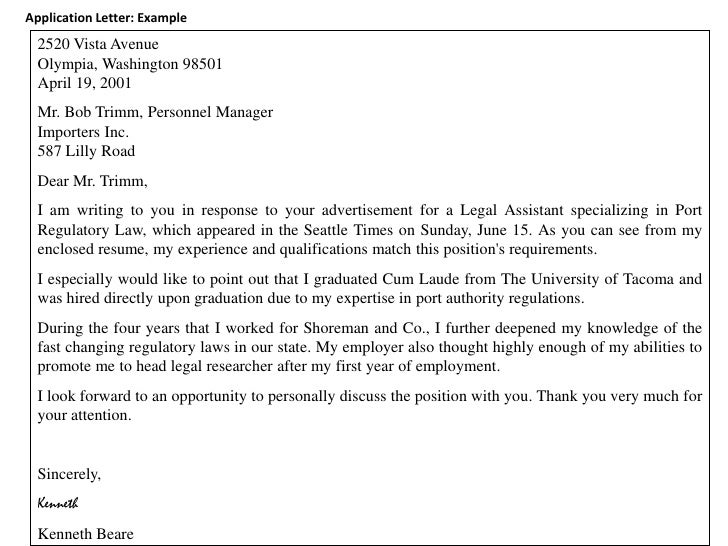 We publish announcements of articles, reviews, selections, expert opinions.
We publish announcements of articles, reviews, selections, expert opinions.
Watch channel
Become an email rocker 🤘
Take the free course and start your first mailing list
Learn more
The average person spends 28% of their working day emailing. We write and receive letters every day. And the more letters we write, the higher the chance of making a mistake and making the wrong impression. nine0003
In the article I will tell you about template phrases for business correspondence, and using examples I will explain the rules and mistakes of business communication.
General rules for business correspondence
The letter has a clear subject line . So after some time, the addressee will be able to find the letter by keywords and remember what you talked about six months ago.
| Poor | Good |
| Report | Sales data for the quarterly report, June 2022 |
| What is the report? What should be done with it? How then to find the right letter, if letters with such a subject line arrive every month? | Narrow, clear, there is a time limit |
The letter has a clear target action . Turning to the interlocutor, you always want something: to ask for something, to agree, to find out. Keep the focus on what you are writing for, avoid vague language. This will make the text simple and understandable. nine0003
Turning to the interlocutor, you always want something: to ask for something, to agree, to find out. Keep the focus on what you are writing for, avoid vague language. This will make the text simple and understandable. nine0003
| Poor | Good |
| I would like to clarify what you would like to talk about. | We invite you to speak at a marketing conference and talk about promotion in social networks. |
| It is not clear what you want from the addressee | Brief and clear |
If this is your first time writing to a stranger or a colleague with whom you have not worked together before, keep a neutral tone and be sure to introduce yourself. The first letter is one way to make a first impression, there may not be a second chance. nine0003
| Poor | Good |
Hello pretty girl! I have an idea for a new awesome project! This is Vanya.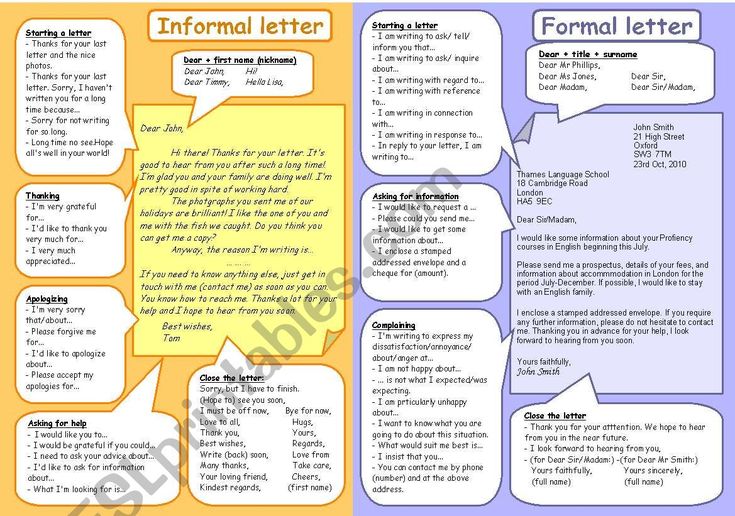 | Maria, hello! This is Ivan from the Rainbow company. I would like to invite you to become an expert on our new design course. |
| Who is Vanya? What is the project? Why is he talking to me like that? | Respectful tone, clear sentence | nine0173
Benefits for caller are listed. A business letter is something like a commercial proposal. Tell not only about your goals, but also about the benefits for the addressee. It is important to interest him: if the interlocutor understands his benefit from communication, the chances of getting an answer will increase.
| Poor | Good |
| The course will be great, you will like it. | We will be promoting this course to our school's audience of 500,000. For you and your company, this will be additional advertising. nine0168 |
| What good is that to me? | It is immediately clear why it is worth answering the letter |
Context established .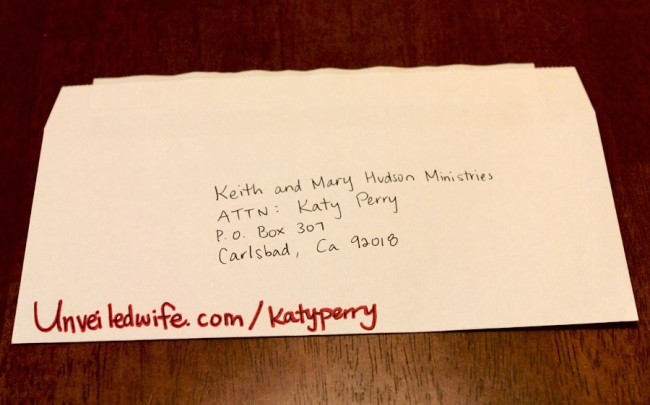 It is not enough to correctly describe the benefits and interest the interlocutor. You may have a cool offer, but the recipient did not get enough sleep and read the letter in passing, not noticing the useful information. Or he does not like your company, and the coldness extends to you too. Or he has already received a hundred annoying letters from spammers, and then you and yours. There can be a lot of such “or”. nine0003
It is not enough to correctly describe the benefits and interest the interlocutor. You may have a cool offer, but the recipient did not get enough sleep and read the letter in passing, not noticing the useful information. Or he does not like your company, and the coldness extends to you too. Or he has already received a hundred annoying letters from spammers, and then you and yours. There can be a lot of such “or”. nine0003
Even if you are colleagues and the letter is not a cold one, but an ordinary work one, a lot can depend on the context. If you consistently miss deadlines, your written request will be less readily responded to. If you fill up with hundreds of messages, a colleague may pretend that the letter accidentally got into spam.
In this situation, you should first try to fix the context. Talk to the interlocutor personally, apologize for past jambs, write at the most convenient time - not on weekends, not in the evening, not in the middle of lunch. If you already know the recipient, you should refer to the previous communication. nine0003
nine0003
How to write a business letter
Welcome and address . By default, it is better to start communication with an appeal to “you”. If in doubt with which letter to write “you” or “You”, pay attention to which option the interlocutor uses, and adjust.
If you want to switch to "you", you need to do this by mutual agreement and best of all during oral communication. It is desirable that by this time you already have a history of interaction. nine0003
Also, do not forget to address the interlocutor by name or by name and patronymic, if it is more convenient for the addressee or he is higher in status.
Use the standard "hello" as a greeting, which is independent of the time of day or time zone. In business correspondence, you should not be familiar, write “good morning” or “hello”.
| Poor | Good |
| Hello Masha! | Hello, Maria Ivanovna! nine0168 |
| Good morning colleague! | Hello, Ivan! |
Main part . Another important point is the structure of the text. How you arrange the information in the letter depends on the response you receive. There is a so-called pyramid principle, which suggests that you write all the most important things first, and only then go into details.
Another important point is the structure of the text. How you arrange the information in the letter depends on the response you receive. There is a so-called pyramid principle, which suggests that you write all the most important things first, and only then go into details.
| Poor | Good |
| Hello Maria! Remember how the classic said: “Study, study and study again”? We in the company still follow this covenant and confirm that this is important! I think we can help each other. | Hello Maria! I would like to discuss with you the joint launch of an educational course. We are developing a graphic design course and would like to involve your company as a partner. |
| Incomprehensible and unnecessary digressions | Clear and to the point |
If you refer to a document in your letter, do not forget to attach it. The same goes for links. Be sure to name all the attachments so that the interlocutor understands what kind of file he is currently opening or where he will get if he clicks on the link.
The same goes for links. Be sure to name all the attachments so that the interlocutor understands what kind of file he is currently opening or where he will get if he clicks on the link.
| Poor | Good |
| Click here for details. | nine0165 Follow the link to find a detailed course program and scripts for all lectures with timecodes.
Conclusion . At the end of the letter, you need a clear call to action - what do you expect from the interlocutor. Without this, the addressee will have the question “what next?” If he does not figure out what to do, he is unlikely to quickly respond to your letter.
| Poor | Good |
| That's all I wanted to say. nine0168 | Tell me, what time at the conference should you book - 13:00 or 13:45? |
| What do you want from me? | A clear question that requires a clear answer |
Please include your name, surname, position and contacts in your signature to make it easy to contact you.
| Poor | Good |
| Kisses, prince. nine0168 | Best regards, Ivan Smirnov, head of the marketing department LLC Raduga 8 999 888 77 66 |
| It will be difficult for the interlocutor to take you seriously | Immediately sets up the interlocutor for business communication |
What not to do in a business letter
Write capslock . A message written in capital letters is often perceived as a rise in tone. nine0003
| Poor | Good |
| WHERE IS THE REPORT? | Please send a sales report for the current quarter. |
Send a chain of two or more letters . Because of this, the logic of the message is violated, it becomes more difficult to navigate the letters.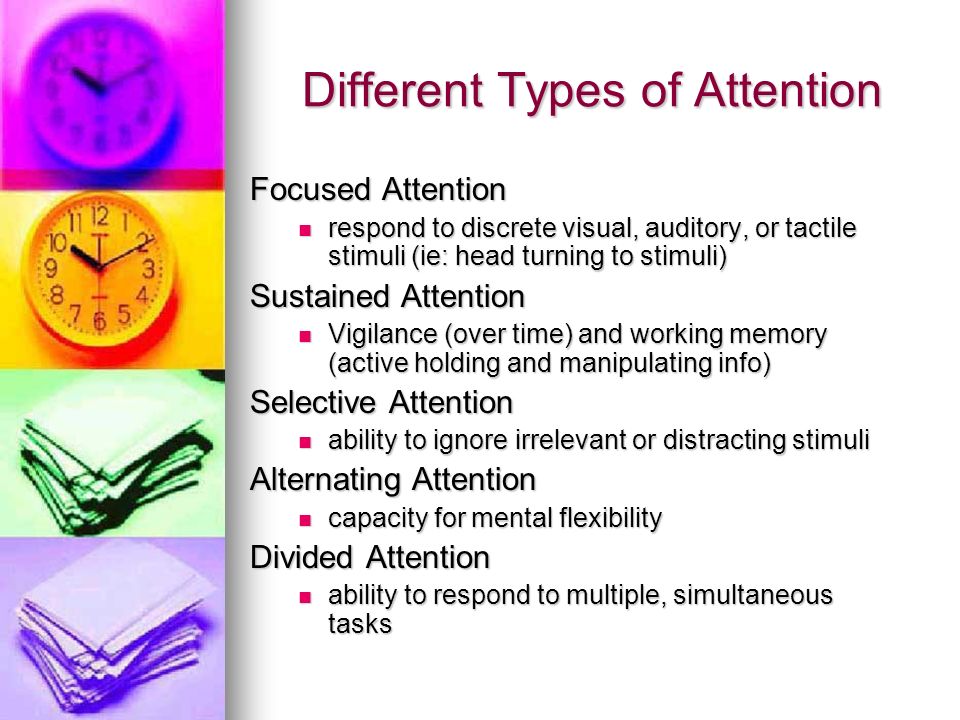
| Poor | Good |
| Ivan: Hello! nine0002 Ivan: There was a meeting today. Ivan: We discussed a new project. Ivan: This is Vanya from Rainbow, remember? | Maria, this is Ivan from Rainbow. In two months, we are launching a new design course that we discussed with you last week. Let's call. At your convenience? |
Be rude if the person does not answer in time . Anything can happen in the course of work. Sometimes the addressee disappears from the radar, and this does not always mean the end of cooperation. In such a situation, it is worth unobtrusively recalling the agreements and clarifying the deadlines. nine0003
| Poor | Good |
Ivan, where have you disappeared to? We are waiting, waiting, all eyes have already looked through.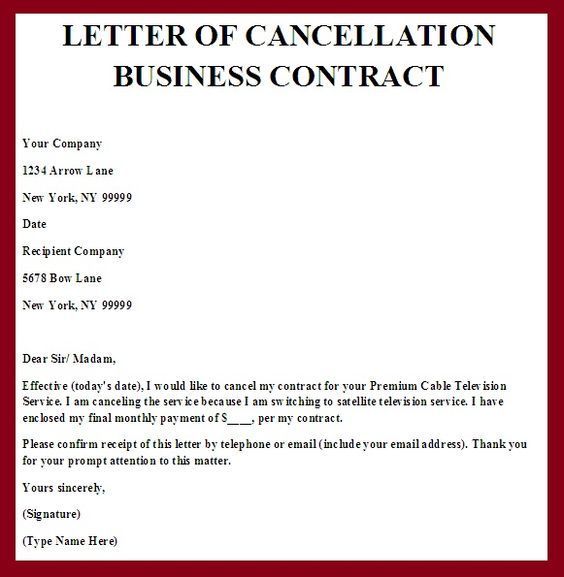 | Ivan, I want to clarify whether our agreements are still in force? If so, when can we expect information? |
Thank you in advance . Phrases like “thank you in advance” are manipulation. The person has not helped you yet, but you have already thanked. Now it will be inconvenient for the interlocutor to refuse you. Thank you after you've been served, not before. nine0003
| Poor | Good |
| Maria, thank you in advance for your help. | Maria, thanks for helping resolve the issue so quickly. |
Write phrases like "I heard you" or "asap" . Such phrases are annoying because they show the arrogance of the interlocutor or his disorganization.
| Poor | Good |
| I heard you, colleague. | I received the documents, I take them to work. |
| The report needs to be redone, asap! | Ivan, the report is needed by Friday's meeting. Tell me, are you prepared? Tell me, are you prepared? |
Point out the interlocutor's mistakes . We are not at school, and no one is required to know all the rules of the Russian language. In addition, a person could make a typo. It's not the end of the world if you understand the meaning of the letter anyway. nine0003
| Poor | Good |
| Maria: I am attaching a report with data on the advertising campaign. | Maria: I am attaching a report with data on the advertising campaign. |
| Ivan: Actually, "campaign" in this case is written with an "a". | Ivan: Thank you, Maria, I got everything. |
Use dies. Official business stamps complicate the text and fill it with water. There is no need to explain with three-story structures. You can ask for something or give thanks in simple words. nine0003
| Poor | Good |
| Due to force majeure circumstances, we are forced to refuse to… | Due to computer failure, we will not be able to do this.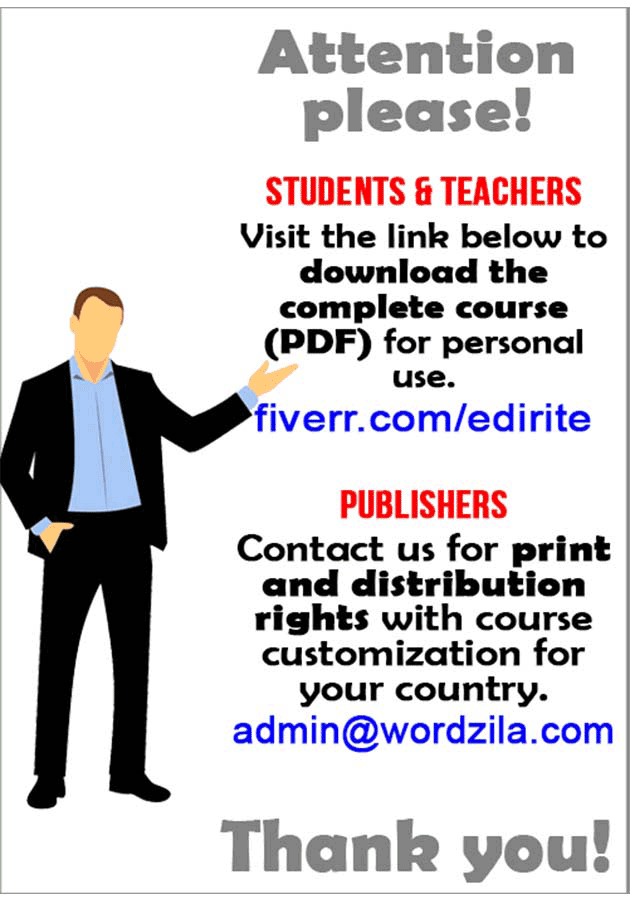 |
| We are very grateful that … | Thank you for your help! |
Remember
Nothing seems to be easier than communication. On the one hand, it is true, we communicate all our lives. On the other hand, there are rules and recommendations, the observance of which simplifies communication and helps to get what you want. nine0003
In order to get an accurate answer to your letter, remember these rules:
- remember why you are addressing the interlocutor;
- show the interlocutor the benefits of your interaction;
- Work with context before starting communication;
- write simply;
- be polite;
- keep the agreements.
Share
nine0690 FRESH ARTICLESOther materials from this category
Do not miss new articles
Subscribe to social networks
We share news and fresh articles, talk about new service
Articles by mail
Once a week we send a selection of fresh articles and news from the blog.